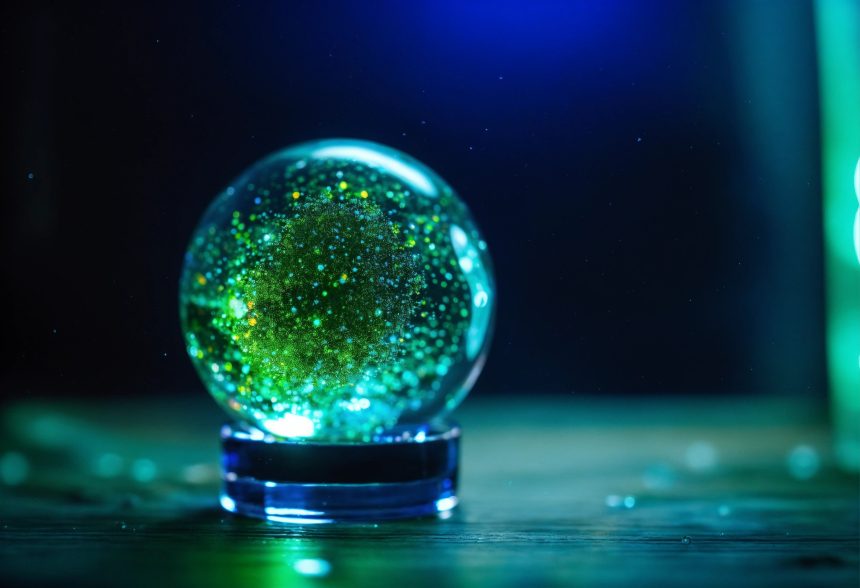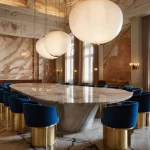Glass spheres and balls have been loved for their simple, round beauty for hundreds of years. Glass is shiny and clear, which makes it perfect for creating pretty decorations for homes, gardens, and public places. Long ago, glass spheres were mostly used for practical things like fishing nets, but as time passed, skilled artists learned how to blow glass into amazing ornaments.
Early Functional Glass Spheres and Floats
The earliest glass spheres can be traced back thousands of years to regions like Mesopotamia, Egypt and Rome where glass production first emerged. These civilizations developed glass blowing methods using molds and rods to create containers, bowls, beads and small balls. Glass spheres and balls were utilitarian at first – used practically as net weights by fishermen or spacers in mosaic floors. Archeologists have uncovered ancient glass floats dated between 100 BC and 200 AD in shipwreck excavations.
These early floats consisted of crude, thick green or blue glass – occasionally with swirl patterning. The floats were generally small, averaging 2-3 inches in diameter. Their rounded shape and buoyant glass material made them ideal for suspending fishing nets vertically in water. The fishermen would attach a line to both ends of the net, with glass floats in between keeping the net afloat. Some speculate these early functional orbs led to the development of decorative glass floats and balls down the road.
Ornaments and Christmas Decoration

As glass making techniques became more advanced through the Renaissance era and beyond, artisans began blowing glass into more intricate spherical shapes and elegant forms. Over time the practice emerged of using glass spheres and teardrops to decorate Christmas trees, a tradition that peaked in popularity during the mid 19th century Victorian era.
Early Christmas decorations varied from fruits like apples to baked goods like cookies. But as new methods developed for dyeing and cutting glass, ornament makers began producing beautiful Christmas ornaments. Families took pride in their diverse ornament collections – competing to amass the most unique, colorful displays. The practice of trimming evergreens as part of Christmas tradition offered the perfect setting for hanging these early glass ornament masterpieces.
The Invention of Glass Buttons
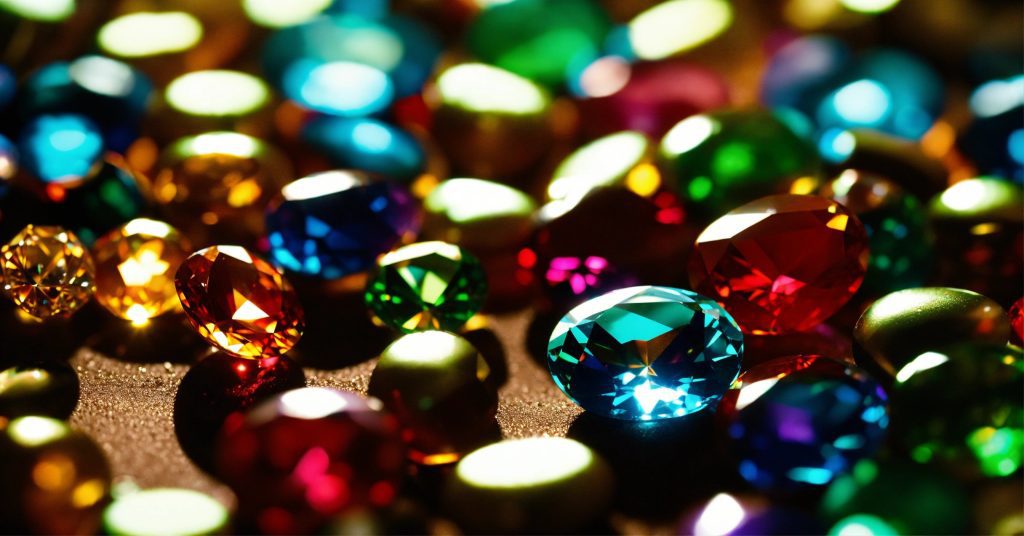
In the 1800s, people who made glass started creating small glass beads and spheres to use as buttons, in addition to Christmas ornaments. Before this, clothing buttons were made from whatever people could find, like stone, shells, wood, or even hand-carved horn, bone, or ivory. When the Victorian era started, glass buttons became popular because they were both useful and stylish.
The first glass buttons were made by blowing glass into molds, which is similar to how marbles or decorative glass spheres were created. Glass buttons became more popular because they were shiny and looked nice on the fabrics people wore at the time, and they were cheaper than metal buttons. Clothes with rows of bright buttons helped make glass buttons even more fashionable, and led to the creation of fancy glass button designs with facets, beads, and other decorations that are still popular today.
The Rise of Marble Collecting

Around the same time, making glass orbs improved so much that beautiful, perfectly round “marbles” could be made in large quantities. Toy companies started selling marbles in bright colors and with cool designs using new methods like making slag marbles. In the beginning, marbles were also made by hand by skilled workers who heated glass rods over an open flame and shaped them into spheres using a metal mold.
In the late 1800s, collecting marbles became a really popular hobby, especially for boys in school. They would play a game called Ringer, where they tried to knock certain marbles out of a circle drawn on the ground. People got really excited about playing marble games and building special marble collections. Marbles made by artists with unique designs were especially valuable. Even today, many old and handmade marbles are still very popular with collectors
Millefiori Glassware
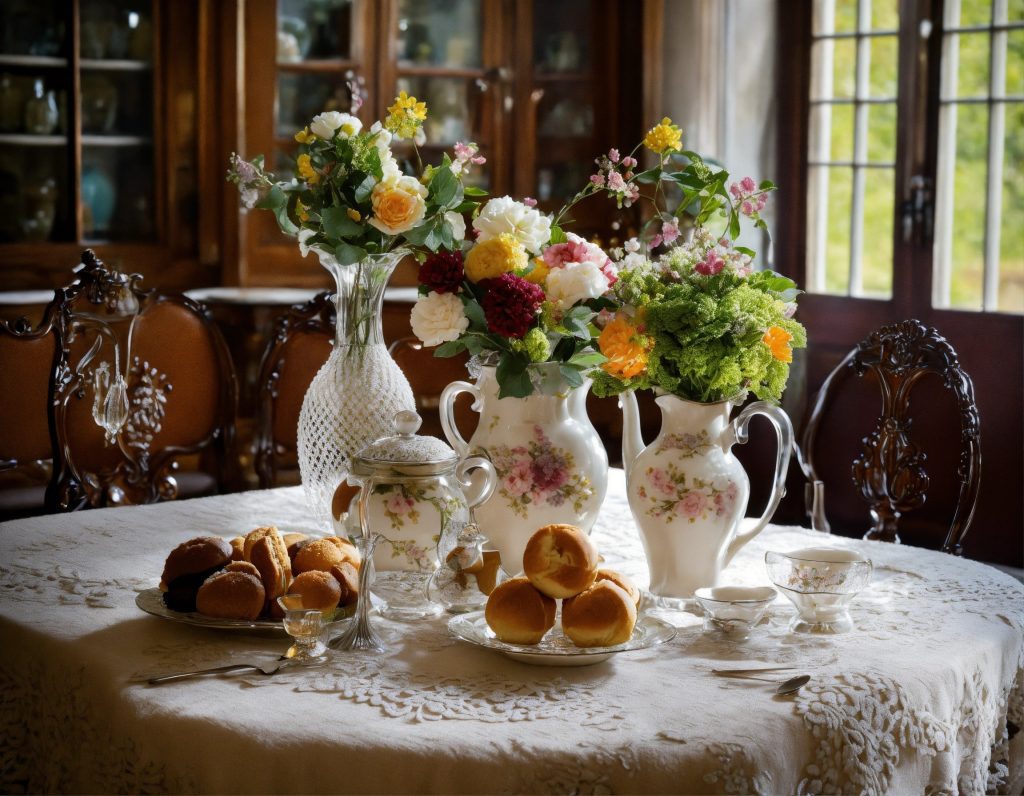
As methods for creating multi-colored glass improved around the late 1800s, a technique called Millefiori emerged where artisans crafted ornate glass objects like vases, bowls and spheres dotted with multi colored glass beads in flower shapes. Millefiori glass beads began as small canes or rods containing colored patterns that were then encased in clear glass. Skilled glass workers sliced these canes into tiny cross sections and arranged them into beautiful mosaics covering the surface of glassware.
When used in glass balls and spheres, these tiny millefiori beads transformed ordinary spheres into dimensional works of art. Italy became especially renowned for millefiori glass including spheres encasing vivid red, green, blue and white floral patterns. Fine antique Millefiori spheres and paperweights grew highly collectible based both on their artistry and manufacturing mastery.
The Advent of Lampworking Glass Art
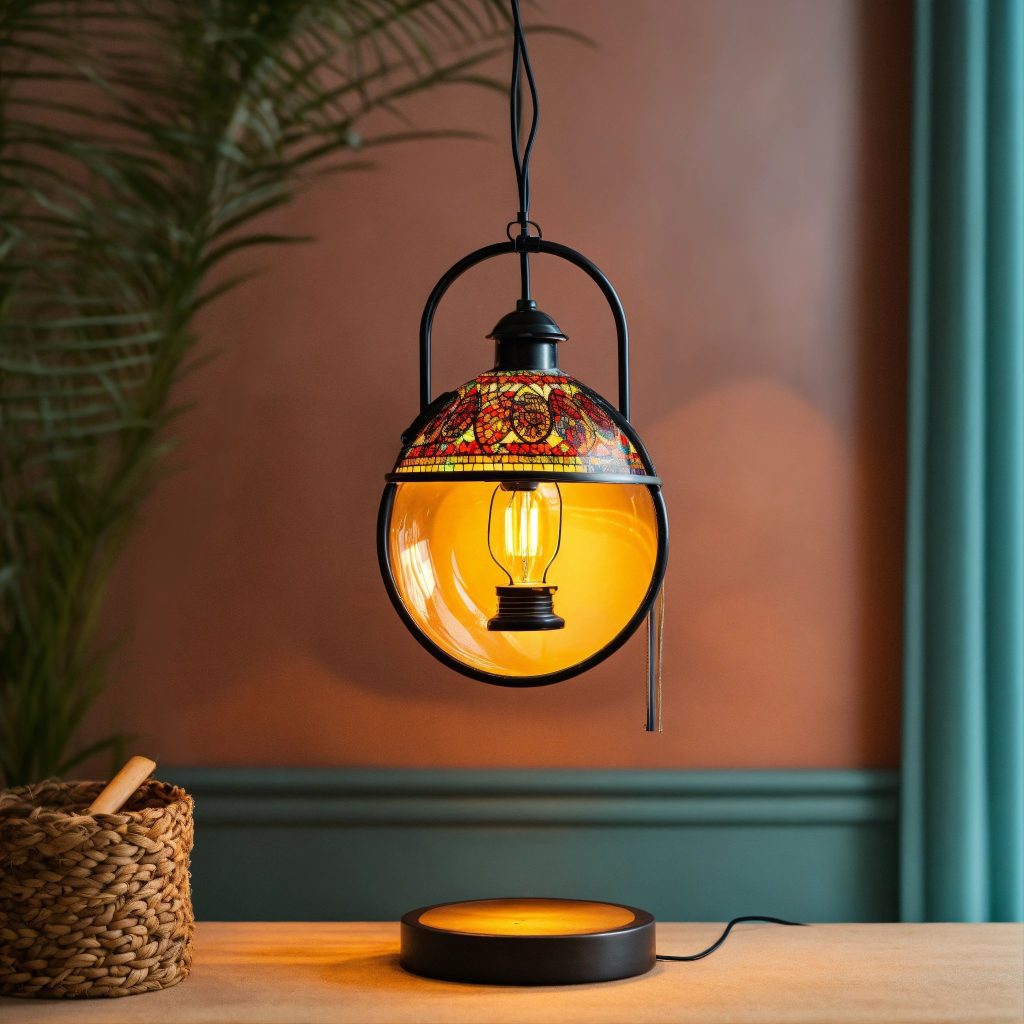
As electricity became more common and people wanted more glass lampshades and lighting pieces like chandeliers, new ways of working with glass were invented. Artists could use metal rods to shape and form glass over a torch while the glass was cold. This led to new ideas for making glass beads and marbles, and many glass artists opened their own studios to design and sell unique glass spheres.
Today, glass artists still use this method of working with glass rods and tubes that have different colors and patterns to create one-of-a-kind beads, marbles, figurines, spheres, and other sculptures that collectors love. The artistic possibilities are endless for modern glass artists. Glass spheres and marbles signed by famous artists can be sold for a lot of money because of their originality and perfect craftsmanship.
Murrine Glass
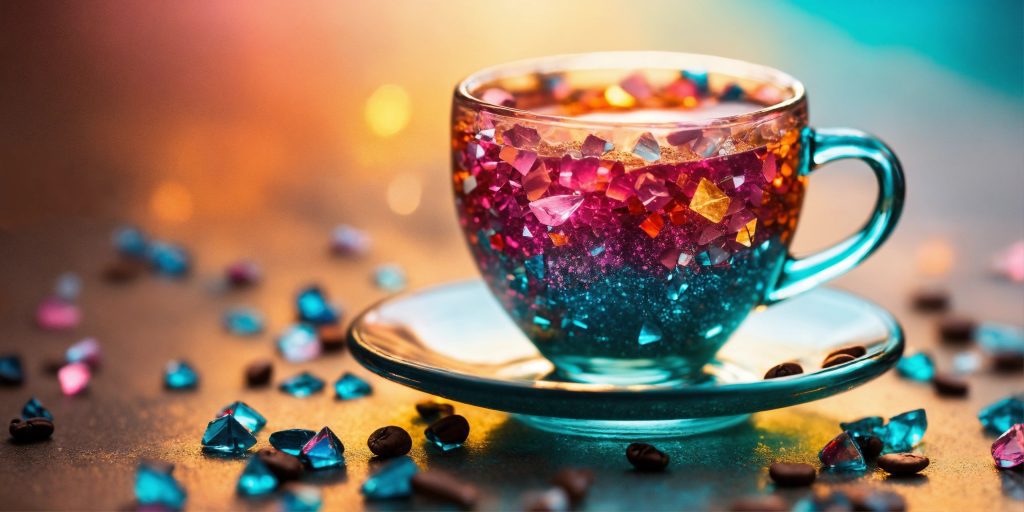
In the late 1900s, Venetian glassmakers created a complex technique called Murrine, which is similar to millefiori. Murrine has colorful patterns that are cut into cross-sections and then arranged in creative designs on the outside of blown glass pieces. However, Murrine is much more complex and has larger patterns than millefiori.
Skilled Murrine artists can create amazing kaleidoscopic spheres covered in rays, segments, and fragments that form beautiful combinations of symmetry and color. Today’s Murrine artists use bold, graphic patterns and color combinations that stand out clearly against the surrounding glass. Because of this, Murrine glass objects like spheres, bowls, and sculptures are now considered valuable works of art.
Float or Floral Glass Balls

Among today’s most popular form of glass spheres and balls include float glass and floral orbs used abundantly in floral arrangements and home decorating. Float glass balls range from completely smooth and transparent to frosted, colored and engraved. Floral glass balls often contain flower designs, water imagery like shells or marine life, snow scenes or geometric patterns suspended within their spherical walls.
The float glass balls used in vase flower arrangements serve both decorative and practical purposes. Their spherical shape allows arrangers to position stems correctly and disperse them evenly. The clear glass doesn’t detract from delicate blossoms but enhances their colors. Popular sizes range between 2 to 6 inches, with many glass floats connected at the base by a stem or attached flowers for stability.
Decorative floral balls don’t require real flowers at all – their ornate internal etchings, carvings and artwork bring beauty to shelves, table settings and seasonal displays all on their own. Heirloom quality art glass floats also make lovely gifts. When engraved or etched with blessings, poems and family names, these personalized floats become treasured mementos.
Types of Hand Blown Glass Balls and Orbs

Among the wide range of mass-produced glass spheres, hand-blown decorations made by skilled glassblowers are the most valued for their unique craftsmanship. Let’s explore some of the many types of orbs and spheres made using traditional glassblowing methods.
Christmas Glass Ornaments
Since they first appeared in Lauscha, Germany, in the mid-1800s as decorated Christmas treasures, hand-blown glass ornaments now come in thousands of styles. From tiny colored balls less than an inch wide to ten-inch-wide picture globe ornaments, they make Christmas trees sparkle. Popular collectible styles today include:
- Antique glass ornaments from the Victorian era or earlier
- Thin blown picture ornaments with nostalgic holiday designs
- Character balls with Santa, nutcracker, and cartoon themes
- Nature-inspired ornaments with pine cone, acorn, and bird motifs
- Elegant metallic, frosted, or satin glass finishes
- Glass balls suspended inside larger clear outer orbs
- Blown glass shaped into gingerbread men, stars, icicles, and more
The number of antique Christmas ornaments still around today shows how much people care for and cherish these holiday family heirlooms passed down for generations.
Art Paperweights and Collectible Marbles
Free blown paperweights traditionally served functional purposes holding down loose papers on desks. Today intricate hand blown paperweight spheres also provide sculptural accent pieces for the home. Antique glass paperweights embedded with lace designs, flowers, starbursts or abstract shapes have become especially popular collectibles.
Similarly, glass toy marbles hold appeal among antique collectors based on their mesmerizing swirls, threads and colorful millefiori patterns. Whether mass produced or individually handmade, most high value vintage marbles date between 1840 and 1920. Rare German swirl marbles with pictures and motifs inside command steep auction prices due to scarcity and fragility.
Millefiori and Murrine Orbs
As glass making techniques improved to encase ornate cross sections of colored rods into clear glass, stunning Millefiori patterns emerged on all kinds of glassware from vases to paperweights and spheres. Each tiny colored bead making up flower shaped millefiori canes was intricately crafted before slicing and fusing into the surrounding glass.
Building upon Millefiori, elaborate Murrine techniques developed to layer hundreds of precise canes in mosaic imagery across substantial works of art. Cutting and fusing the tiny canes requires immense mastery and precision. As a result, Millefiori and Murrine glass art balls and orb sculptures fetch premium pricing as functional fine art for the home.
Art Glass Paperweights
While factories have been producing glass paperweight marbles and orbs for over a century, the 1960s saw the birth of a contemporary art form that transformed hand-blown paperweights into sculptural glass art. American pioneer Paul Stankard created lifelike botanical designs within crystal clear spheres, inspiring artists worldwide to explore innovative concepts and themes encased in weighty hand-blown glass.
Today, these works of fine art glass go beyond being just paperweights; they are collectible sculptures, elaborate gifts, and even memorial objects. Artists like Jim D’Onofrio build scenes that convey emotion within their spheres, while others incorporate liquids, minerals, or industrial elements that contrast with the delicate surrounding crystal. Some paperweights even feature Active Rainbow Amalgrams with silver that continuously moves within the orb’s walls. Paperweight prices can now reach tens of thousands of dollars based on their artistic significance.
Glass Balls in Gardens and Home Décor
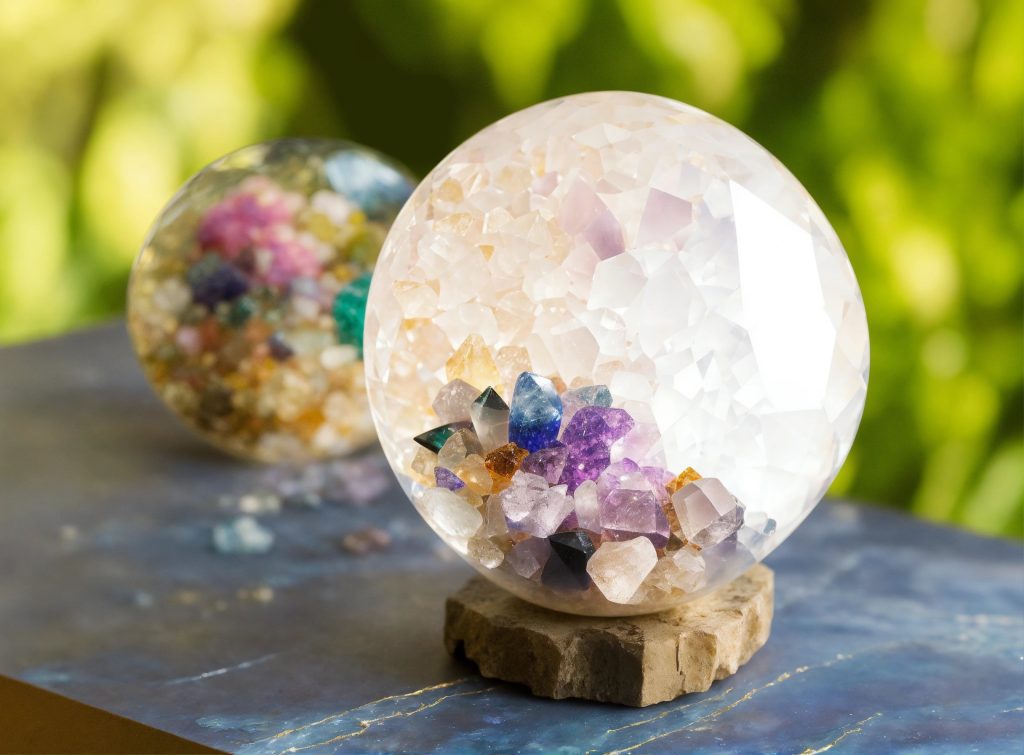
Beyond Christmas trees, glass balls and spheres brighten interior living spaces and outdoor gardens in creative ways all year long. Flat marbles can line walkways while positioned lights cast a magical glow on yard globes at night. Indoors, framed bubbles suspend over artwork as fused glass balls rest on tabletops. Here’s an overview of the many applications for art glass balls and spheres as home accents and outdoor focal points:
Using Marbles and Pebbles on Patios
Smooth marbles, pebble balls, and pieces of fused recycled glass are great for decorating garden walkways and patios. Their swirled colors and round shapes make the plants and water features around them look even better when the light reflects off the glass. Big glass orbs that light up from the inside can be used to create a cozy nighttime atmosphere in seating areas. Mixing different sizes and colors of marbles makes the patterns on the ground look more interesting.
Displaying Collections on Shelves
Open shelving offers perfect platforms for exhibiting most any sphere collection imaginable. Display options include:
- Arranging Christmas ornaments by era, motif or color
- Exhibiting marbles sets by size, style or manufacturing process
- Separating paperweights into historic, nature inspired and abstract designs
- Grouping art glass pieces by artist or glass blowing studio
When artfully spotlighted, the vibrant colors, shapely designs and intricate details of glass ball collections command attention in any living space.
Creating Table Centerpieces
Few decorations impress dinner guests as much as festive table centerpieces filled with smooth glass orbs. Clear glass vases filled with Christmas balls, evergreen branches, and flowers make stunning seasonal arrangements. Hurricane vases with pine cones, berries, and poinsettias look great with blue and green glass balls for rich color.
The round shapes make great focal points all year round too – try filling large clear jars with different art glass marbles around pillar candles. Frosted gold and silver teardrop balls floating among white flowers or greenery add a bright, elegant shine to your table. Use different sizes and small stands to raise part of your display for added dimension.
Framing Artwork with Glass Bubbles
Fused glass art pieces often have hollow rings, bubbles, domes, and porthole-style windows that make fun frames for other wall art or mirrors. For example, putting a frame filled with colored sand or small shells around a beach photo ties in with the theme of the picture. Small diamond-shaped openings around a collection of pressed flowers make their natural beauty stand out even more.
For coastal decor, frame beach landscape paintings with rounds of art glass that have starfish designs or sea life inside. Abstract art photography looks even more interesting when showcased behind circles filled with smooth art marbles or bits of sparkling crystal suspended in liquid. Glass-framed art that lights up has double the visual impact at night.
Crafting Garden Art Glass Sculptures
Outdoor garden spaces are perfect for all kinds of stunning glass orb installations, like rows of giant marbles on posts or huge Christmas ball yard art. Wrapping outdoor light fixtures in creative glass bubble formations adds a soft glow to garden paths. In the past, hand-blown witch ball mirrors were hung in gardens to keep away evil spirits, but today they serve a more decorative purpose with their bright, swirling glass sphere designs.
Recycled glass ball wind chimes add pleasant sounds to garden spaces. Large Christmas balls can be capped and drilled to make unusual bird feeders or birdbaths. Changing seasons inspire new sphere sculpture themes clusters of frosty ball luminaries glowing through winter, bright springtime floral marbles.
Interesting Facts About Glass Spheres and Balls
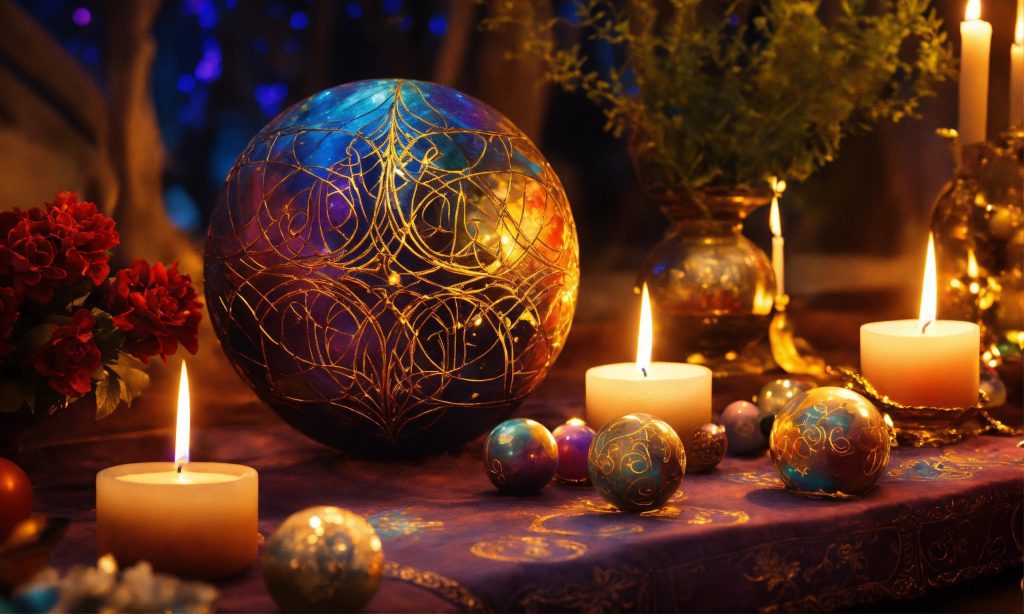
Beyond their obvious decorative beauty, glass spheres and balls offer surprising scientific properties, extensive manufacturing legacies and enough collecting niches to intrigue anyone. Here’s a handful of engaging facts about these transparent decorative objects that may inspire your own journey appreciating their artwork and origins.
Christmas Ornament Capital of the World
The small German towns of Lauscha and Grafenroda located in the Thuringia forest area produce magnificent hand blown glass Christmas ornaments exported globally. Lauscha earned the nickname “Christmas village” for it’s longstanding specialty crafting glass decorations including shimmering balls since the mid 19th century. Skilled dynasties of glass blowers in this tiny region pass along generations of trade secrets.
Marble’s Official Size for Guinness Records
According to Guinness World Records requirements, an officially recognized decorative glass marble must measure between 16 and 35 millimeters in diameter. Smaller miniature marbles and extra large shooter marbles used in games exist but don’t qualify for Guinness records. Factors like design, manufacturer, age and condition also impact marble record considerations beyond size.
Creative Glass Orb Manipulation
Throughout history, skilled glassworkers have mastered techniques for shaping soft balls of hot glass into amazing feats of balance, coordination, and movement. Performers like Vova Galchenko and Thom Pastor specialize in rolling, spinning, orbiting, and stacking delicate blown glass orbs in circus-style entertainment shows based on their glass juggling skills.
Stunning Glass Sphere Architecture
Many impressive buildings around the world have big glass domes and orb structures as part of their design. Some of the most famous include the Reichstag building in Berlin with a mirrored glass dome on top, the Floralis Genérica art structure in Buenos Aires that looks like a metal flower blooming, the National Museum of Qatar’s interlocking glass disc façade, and the tall glass Orb sculpture in Shanghai that has a Hyatt hotel inside.
Healing Properties of Glass Spheres?
Crystal healers believe that glass marbles and spheres can transfer healthy energies because they are conductive objects. They often recommend specific sizes and colors of glass orbs for supposed benefits like energy, calmness, or focus. While there’s no scientific proof that colored spheres alone can heal, the act of meditating on their beautiful appearance can certainly be soothing.
FAQs
Some of the most popular types include Christmas ornaments, art glass paperweights, marbles, Murano glass spheres, witch balls, garden globes and floral arranger balls for vases.
Common manufacturing techniques involve free blowing molten glass, using molds, flame working glass rods, pressing crushed glass particles and blowing glass into shapes like bottles or bubbles.
Lauscha, Germany is famous for artisan blown glass ornaments while the Murano islands of Venice, Italy are renowned for their intricate art glass. Other European regions like Poland and Ukraine also have strong ornament making legacies.
Age, condition, signatures by notable artists or manufacturers, limited production runs, innovative methods like millefiori, provenance associating it with historical events or families and visual appeal impact value and collectibility.
Open shelving, display cases and lighting enhancements best showcase Christmas balls, marbles, paperweights and art glass collections. Group together based on common themes like motif, color, shape or size for visual impact.
Absolutely! Glass looks gorgeous in gardens and withstands weather better than most materials. Place globe lights along paths, use marbles on patios or hang glass bubble mirrors and wind chimes. Just avoid delicate antique ornaments outside.
Final Words
The rich history, artistry and enduring appeal of glass spheres and balls invites appreciation through so many lenses – as sculpture, engineering marvel. Soothing garden focal point or beloved decoration holding memories suspended within ornate walls. However you enjoy decorative glass orbs, their range for creativity astounds.


